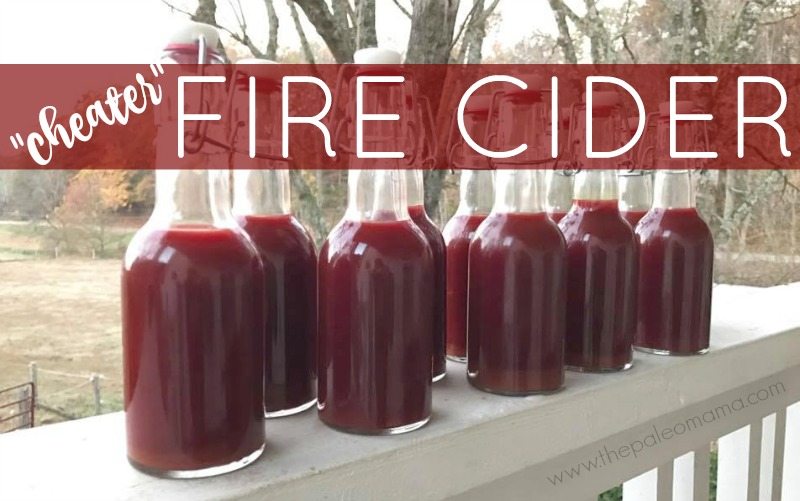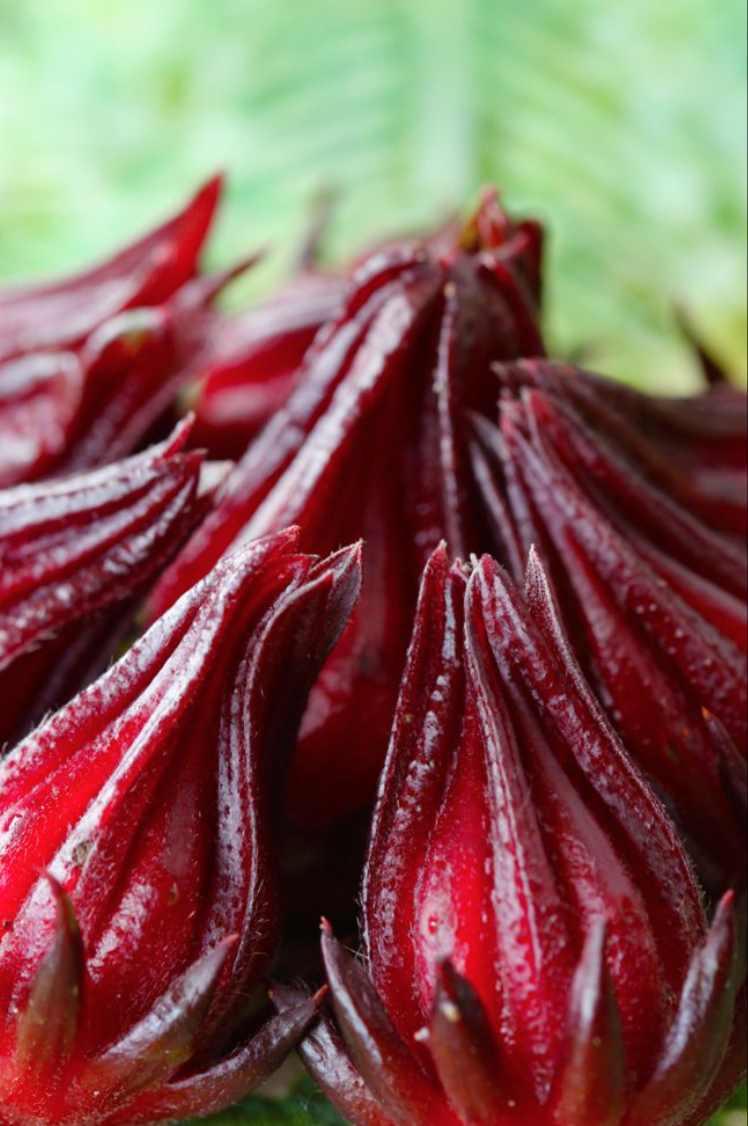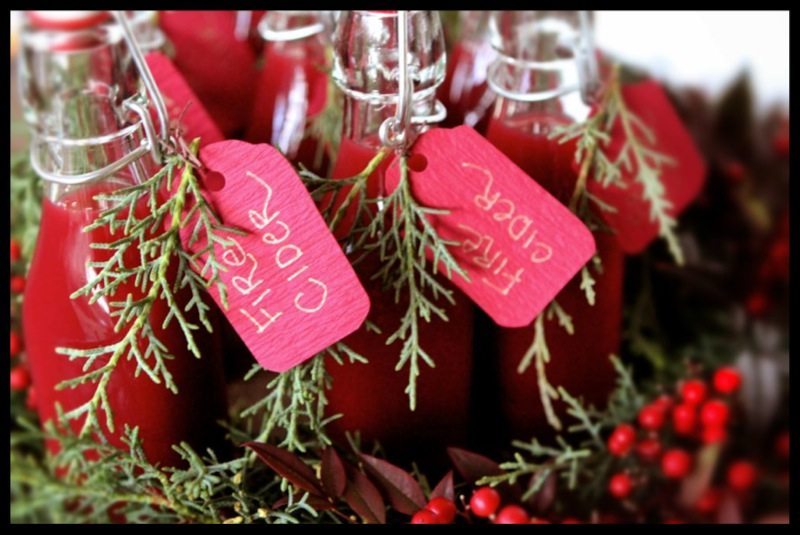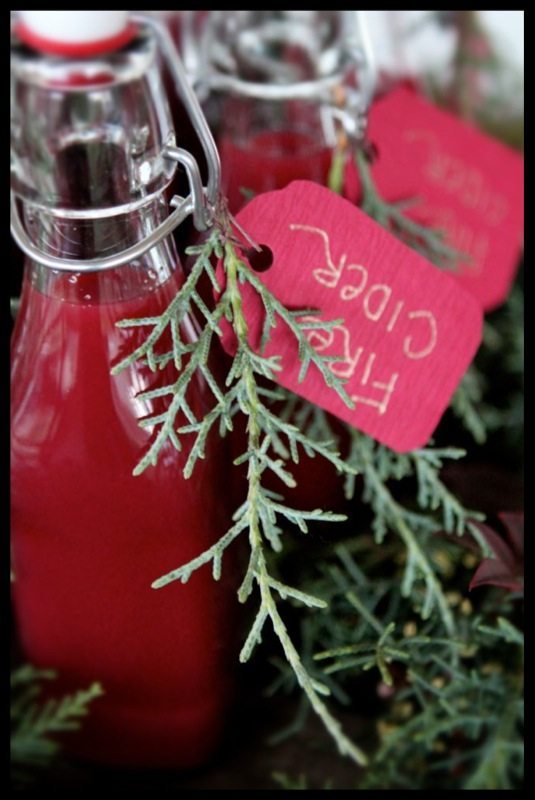
We have begun making Fire Cider as a part of our Home and Farm Apothecary. Fire Cider is a homeopathic fermented tonic, praised for its flavors and its ability to fight off digestive bacteria and digestive problems. It’s a spicy, warming drink that usually contains horseradish, ginger, garlic, and cayenne pepper.
Adding fermented foods and drinks to our eating plans is one of the top trending topics currently in health and wellness circles. I’m currently working on a blog post on “Fermented Superfoods,” which I can’t wait to share with you!
Herbalist Rosemary Gladstar created the first Fire Cider in her herbalist school kitchen in the early 1980s. She had a sincere desire to teach her students how to make herbal preparations that were as much food as they were medicines. Fire Cider was one of the early cross over recipes that came from her constant experimentation in medicinal herbalism.
I am so grateful for the contribution of herbalists like Rosemary Gladstar and my own herbalist instructor, Juliet Blankespoor of Chestnut School of Herbal Medicine, who are helping people like me and others who are interested in knowing better how to use the natural herbs and plants of the earth to maximize the health of our families. I will tell you more about the great Herbalism school I attend in the post below.
What Is Fire Cider?
Fire Cider is a spicy hot deliciously sweet vinegar tonic. It is an especially healthy tonic to have available during the fall and winter months when seasonal colds and flus are creating havoc with many people’s health.
When I first heard of Fire Cider and its variety of ingredients my first thought was the same of many others, “You want me to drink THAT?” The base ingredients include:
- Apple cider vinegar
- Garlic
- Onion
- Ginger
- Horseradish
- Hot peppers
Believe me, you would probably want to brush your teeth and rinse your mouth before you got too close to your loved ones after Fire Cider made only with those ingredients! There are plenty of other herbs that can be thrown in, with everyone opting to add in their own favorite choices. You can take Fire Cider straight—by the spoonful (or swig)—and I’ll share my favorite recipe for how to make that below.
Health Benefits of Fire Cider
The many health benefits of fire cider come from the ingredients used to make it. Let me list a few of the ingredients, showing each ingredient’s health benefits.
- Horseradish—it has many antibacterial properties, and is used to fight bacteria. I stimulates digestion, and increases gastric secretions and appetite. It’s also a good diuretic, promoting perspiration, which is useful in treating colds, fevers, and flu. It is also an expectorant and mild antibiotic, useful with both respiratory and urinary tract infections.
- Ginger—it helps to warm the stomach, ease vomiting and nausea, and fight off colds, chills, and cough. It is useful for all kinds of congestion in the body.
- Garlic—it supports the immune function, and opens the pores, which helps to lower fever. It has antibacterial and antimicrobial properties that are useful in treating kidney and bladder infections, yeast infections, strep throat and ear infections.
- Cayenne—this herb is useful for increasing circulation. It also helps to get phlegm flowing. It is often used as a digestive aid to stimulate gastric juices. Many people have even found that cayenne can give relief from migraines.[1]
- Raw Apple Cider Vinegar—there are many benefits to apple cider vinegar. The primary ones include: it can kill many types of bacteria, preventing them from multiplying or reaching harmful levels; it lowers blood sugar levels and fights diabetes; it lowers cholesterol and reduces the risk of heart disease; and it may have protective effects against cancer.[2]
- Honey—it has been called “liquid gold” because of its numerous benefits. A simple list of some include:
- Alleviates allergies
- Is an excellent source of all-natural energy
- Boosts memory
- Is a cough suppressant
- Aid in sleeping
- Treats dandruff
- Can be used to treat wounds and cuts
- Turmeric—this is one of the world’s healthiest foods. While once focused on anti-inflammatory benefits, decreased cancer risk, and support of detoxification, studies on turmeric intake now include its potential for improving cognitive function, blood sugar balance, and kidney function, as well as lessening the degree of severity associated with certain forms of arthritis and certain digestive disorders.[3]
So it’s easy to recognize why you want to have some fire cider ready when those achy, stuffy feelings appear suddenly. As for me, I just like to enjoy a dose of fire cider for no better reason than the homey, comforting and relaxing feelings it wakes up in me whenever I drink it.
They say food is the best medicine. In some cases, that truism can be taken quite literally.
My Favorite Fire Cider Recipe
I feel very honored that my Herbalist Instructor, Juliet Blankespoor of Chestnut School of Herbal Medicine, has given me permission to share her Hibiscus Pomegranate Cheater Fire Cider recipe with you. I made this for my medicine making course and just LOVED it so much that I didn’t want to recreate my own or alter it in any way. Two of her main ingredients are:
- Hbiscus leaves (where to buy)—they help to clear harmful and unwanted toxins from your body, are a good skin cleanser, regulate hormonal balance, and boost energy. They give this fire cider the beautiful, deep red hue that makes it extra special!
- Pomegranate—they reduce arthritis and joint pain, lower blood pressure, fight bacterial infections, and improve memory. You can use either the fruit or POM juice for this recipe.
I have already given you (above) the health benefits for the other base ingredients used.

In April, I applied for Juliet’s herbal medicine school and I have enjoyed every, single second of it. As an avid essential oil user, I debated back-and-forth about going to an aromatherapist school or an herbalist school. But since we have a farm and garden and I love growing things, I wanted to learn all about soil, plant propagation and the medicinal benefits of herbs that I can cultivate and grow in my own garden. I haven’t been disappointed one bit! This online herbalism school is even based out of my growing zone, which is helpful, but not important. Juliet is extremely detailed and her photography skills are incredible (which is very helpful when looking at parts of plants).
The herbal immersion program is 1-2 years long and you have the option of earning an “herbalist” certificate. There is a shorter program for those who just want to learn some herbal medicine making and I would recommend that to anyone who wants to learn more about salves, tonics, body butters, beginning tincturing, and so much more.
“Cheater” Fire Cider Recipe
re-posted with permission. Original recipe posted here.

Let’s take a look at the recipe for this fire cider. You will notice that this is a recipe for cheater fire cider. Why? Typically fire cider is made by using a fermenting process of placing the ingredients in a glass jar and letting it sit for six weeks. This recipe is a one-day affair and you can use the cider made with this recipe immediately (especially helpful if you are making this because you are sick). If you would rather make a stronger cider by using the traditional fermenting time, you can use this same recipe, but hold the pomegranate juice to be added right before you strain the cider. You would also skip the heating part.
Juliet’s recipe makes eight to ten 8-ounce bottles, but since I know most of you are going to be making this for just home-use, I’m going to give you the amounts to make 2 8-ounce bottles. Double, triple or quadruple the recipe if you are making it for gifts!. This milder, sweeter Hibiscus pomegranate Fire Cider is a great way to become herbally initiated to its taste. (IDEA: it would make a great Holiday gift.)
Ingredients
- 16 oz of raw, Apple cider vinegar
- 2.5oz of raw (preferably local) honey
- Half of an onion
- 1 clove of garlic
- 1 ounce of fresh ginger
- 1/2 ounce of fresh turmeric
- 1.4 ounces of fresh horseradish (if you can find it…if not use something like this)
- 1/2 of a fresh pomegranates (or 2 ounces of pomegranate juice)
- 1/2 of a fresh orange
- 1/2 teaspoon of cayenne
- 1 tablespoon of dried hibiscus
Directions:
- Peel the garlic, and coarsely chop the onions, horseradish, and turmeric. Place them in a food processor or blender, along with the cayenne, with enough apple cider vinegar to cover. Blend carefully with the lid on, and take care not to let fumes or slurry enter your eyes.
- Place the slurried spiciness in a double boiler. Don’t have one? Nest a smaller pot in a bigger pot or saucepan and use a couple of upside-down mason jar rings to keep the inside pot up off the outside one. Add a little water to the outside pot and voila – double boiler! Add the rest of the apple cider vinegar to the slurry and keep the heat on low, with the lid on! Let the mixture heat on low (don’t let it get above 120 degrees) for three hours, stirring once in a while. Again, careful with the fumes!!!!
- Meanwhile, back at the bat cave, peel your oranges and de-seed the pomegranates, sneaking off a nibble or two. Put on an old apron and mash the pomegranates and oranges with a potato masher in the sink.
- After a couple hours, taste the slurry. If it’s too mild for your fire cider pleasure, this is your chance to add more of the spicy herbs and cook for one more hour. After three hours of total cook time, turn off the heat and add the hibiscus and the juicy pomegranate/orange mixture. Let sit for one hour and check the color- if it’s too light in color add more hibiscus. When the cider is a beautiful red, strain the mixture through a cheesecloth or potato ricer. If it’s not a deep red, then throw some more hibiscus flowers in there until you get the color you desire.
- You will need to squeeze out or press the slurry, or you will loose a great deal of the medicine. Add the honey and mix well, making sure all the honey is dissolved. Place in clear glass jars, label and refrigerate.
I love this Cheater Fire Cider recipe, and I’m pretty sure you will too. The dosage is one teaspoon as needed. My husband and I take one swig a day during the fall and winter months. If one of us is sick, we will take multiple swigs a day.
This fire cider is TOO spicy for children. I recommend giving children (over 12 months) Elderberry Syrup during the fall and winter months. You can see my Elderberry Syrup recipe here.
Get Started
This fire cider is one more healthy addition to your conscious effort to eat (or drink) more health-filled fermented foods. Get started now on your journey to better health.
A healthy body is a guest-chamber for the soul; a sick body is a prison.
—Francis Bacon

Sources
- https://www.healingspiritsherbfarm.com/recipe/fire-cider
- https://mountainroseblog.com/fire-cider/
- https://modernfarmer.com/2015/12/cold-remedies-fire-cider/
[1] These first four ingredient were adapted from: https://www.healingspiritsherbfarm.com/recipe/fire-cider
[2] https://authoritynutrition.com/6-proven-health-benefits-of-apple-cider-vinegar/
[3] https://www.whfoods.com/genpage.php?tname=foodspice&dbid=78
When you say it’s too spicy for children…at what age does it become OK? Or is it just a matter of taste bud sensitivity?
I have a question how long weeks/ months does the fire cider keep in the frige..
Thank you
I don’t think it is accurate to describe this as fermented, it doesn’t mean it isn’t good but
I would prefer a raw (no heat, sits out on the counter to ferment) fermented product.
Rebecca is correct I’m a zymologist. Besides I’m not very keen to warm ACV won’t that kill the “mother?”
I live in AZ and have a red hibiscus in my front yard…when you say hibiscus, are you talking about the common flowers that grow naturally in certain areas or is there a particular edible kind that Is different from what I have?
It’s hibiscus roselle. You have to make sure it’s that particular species